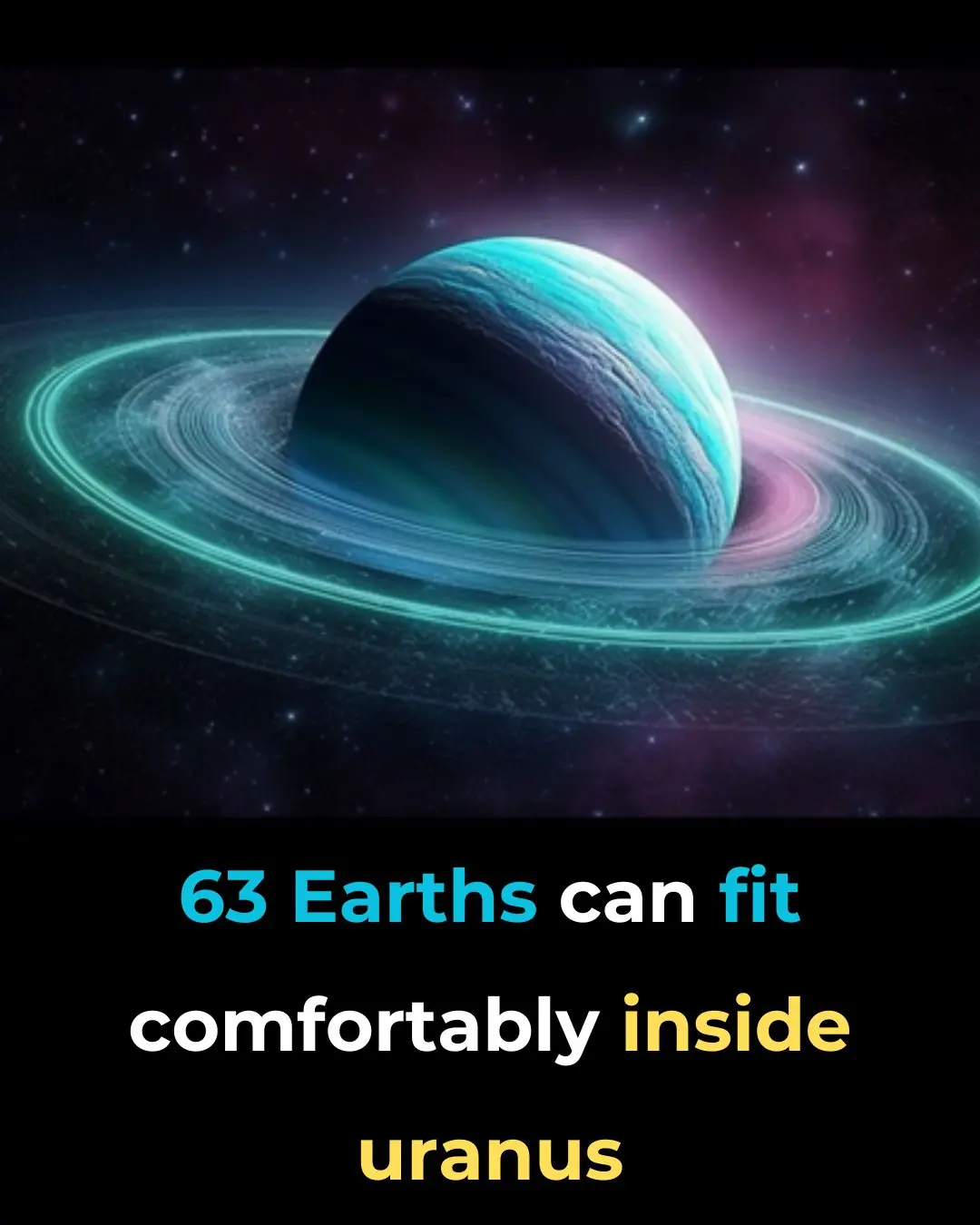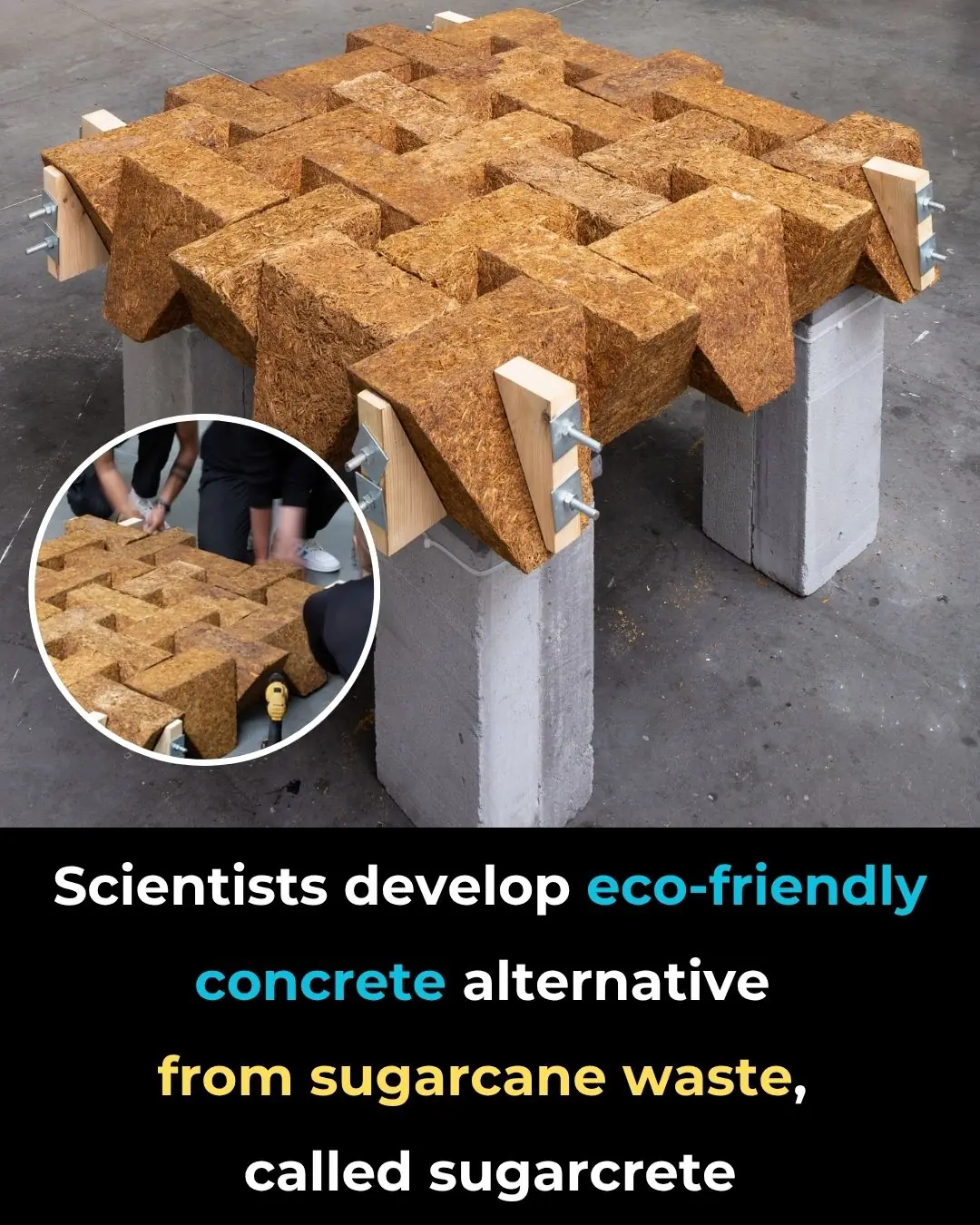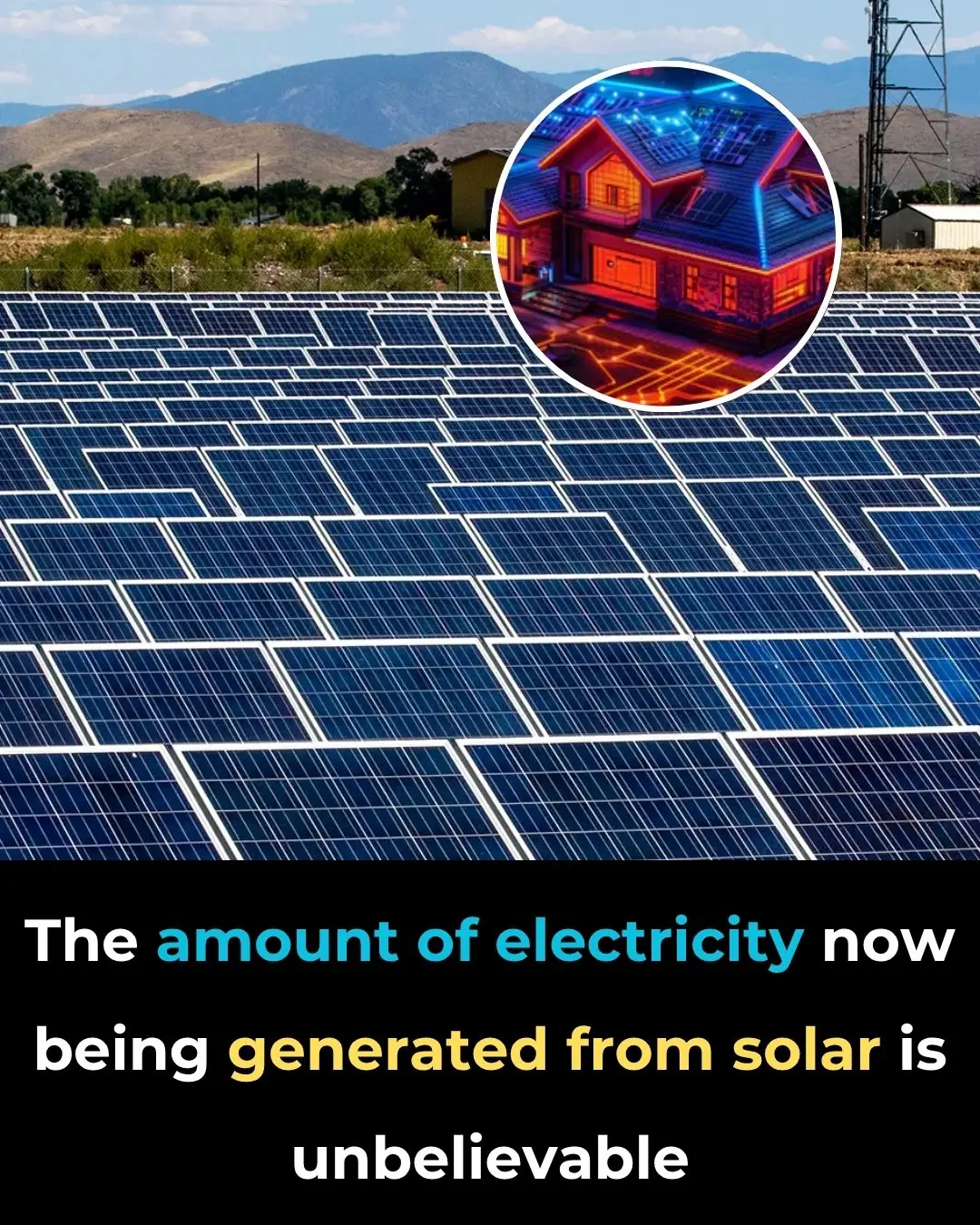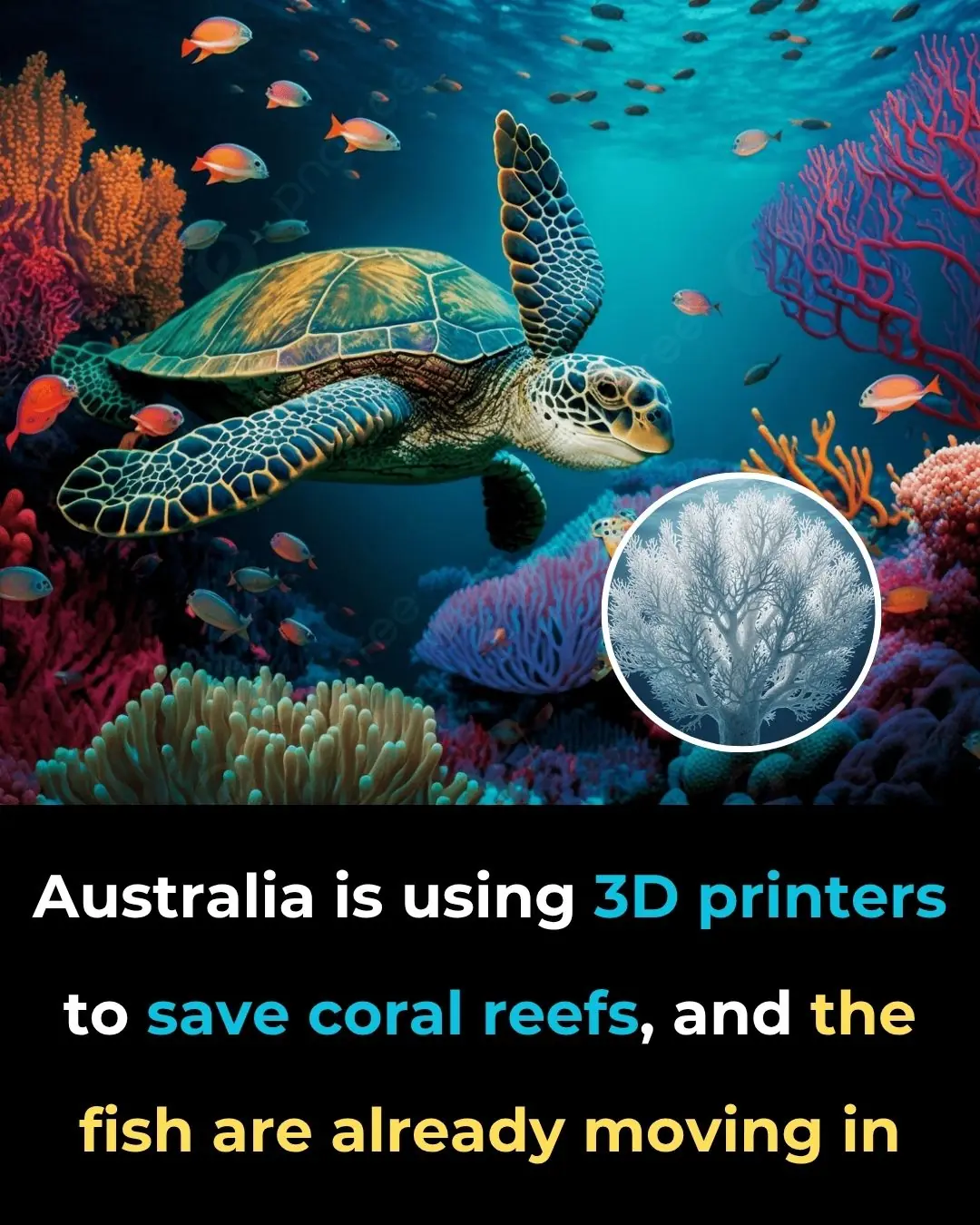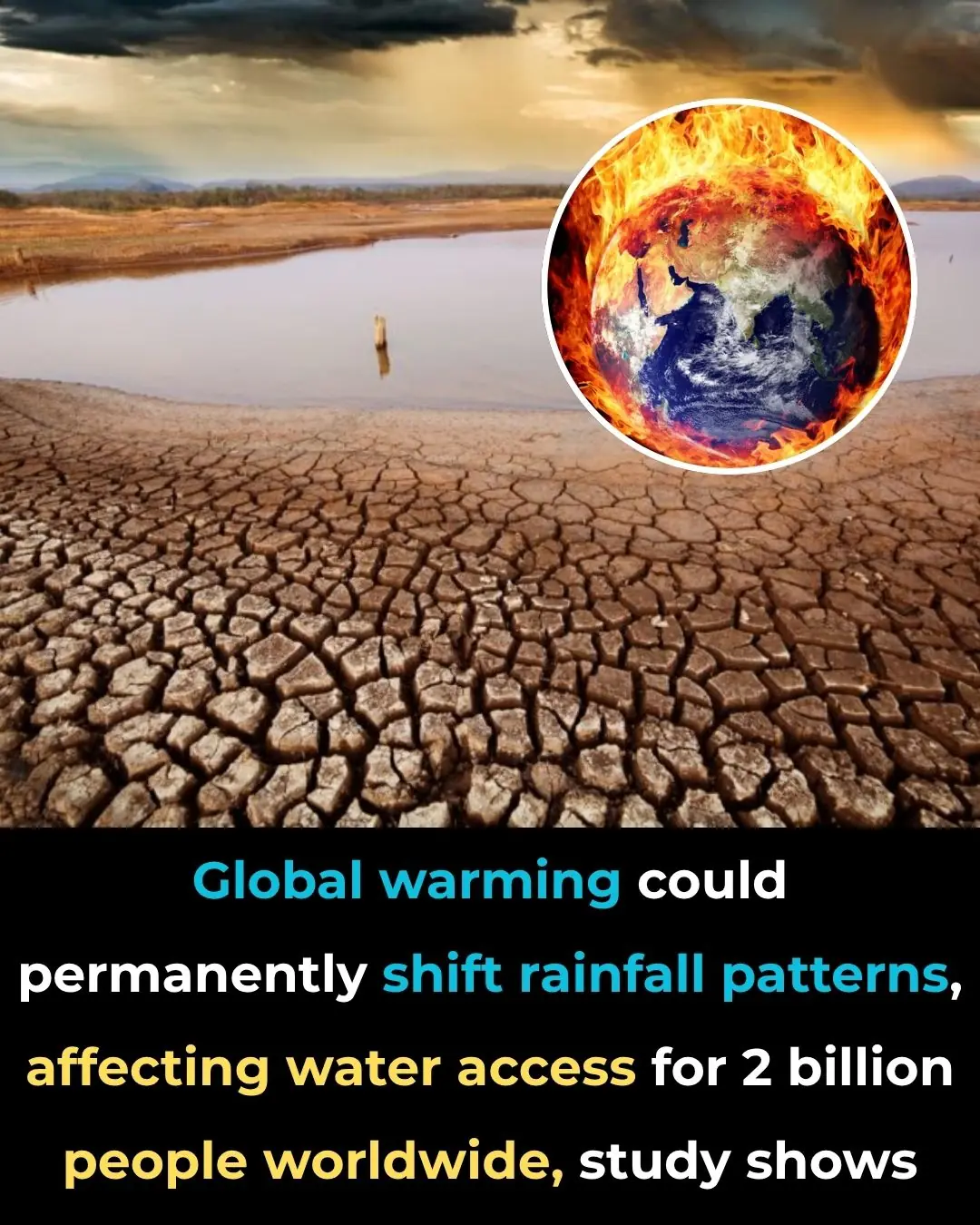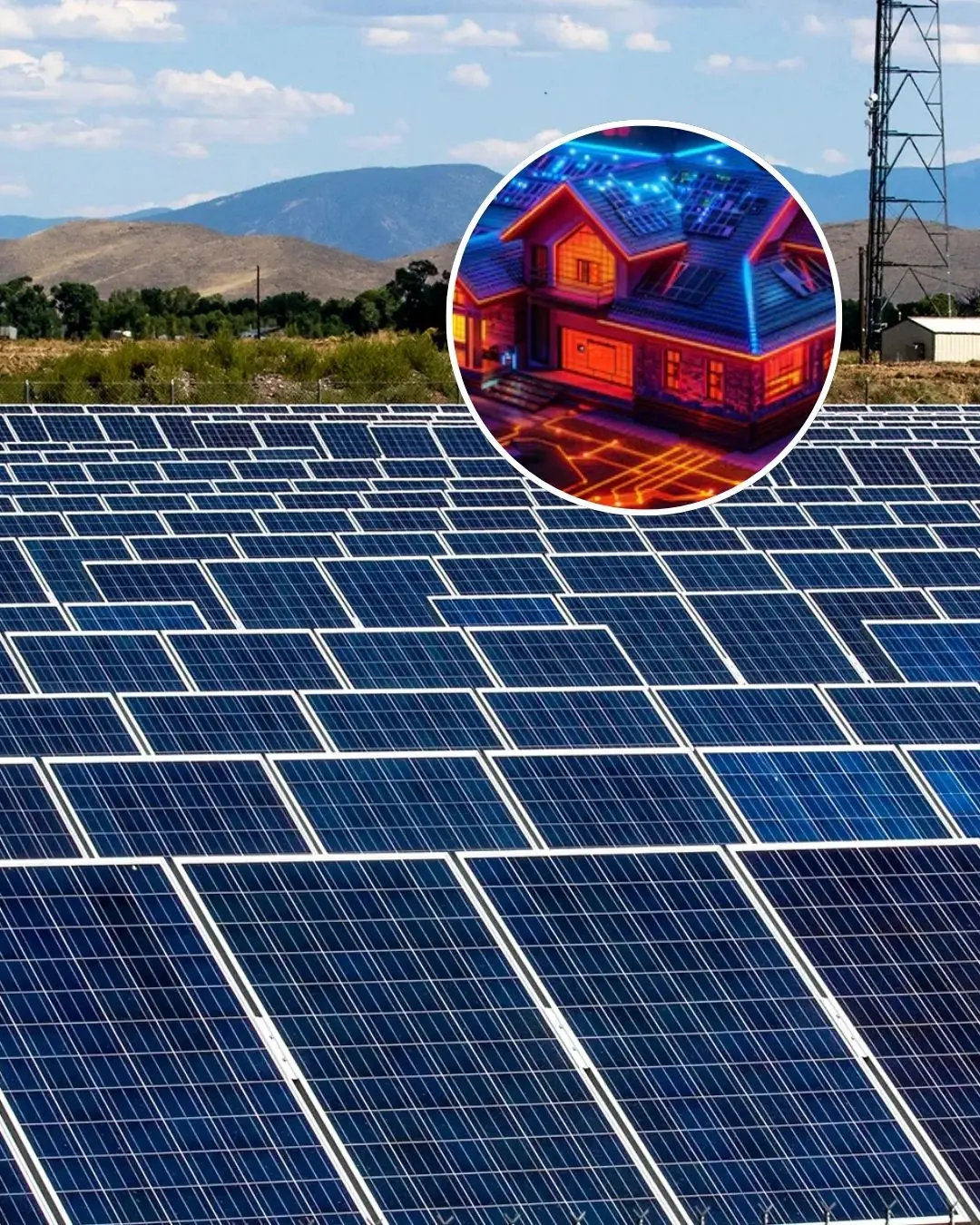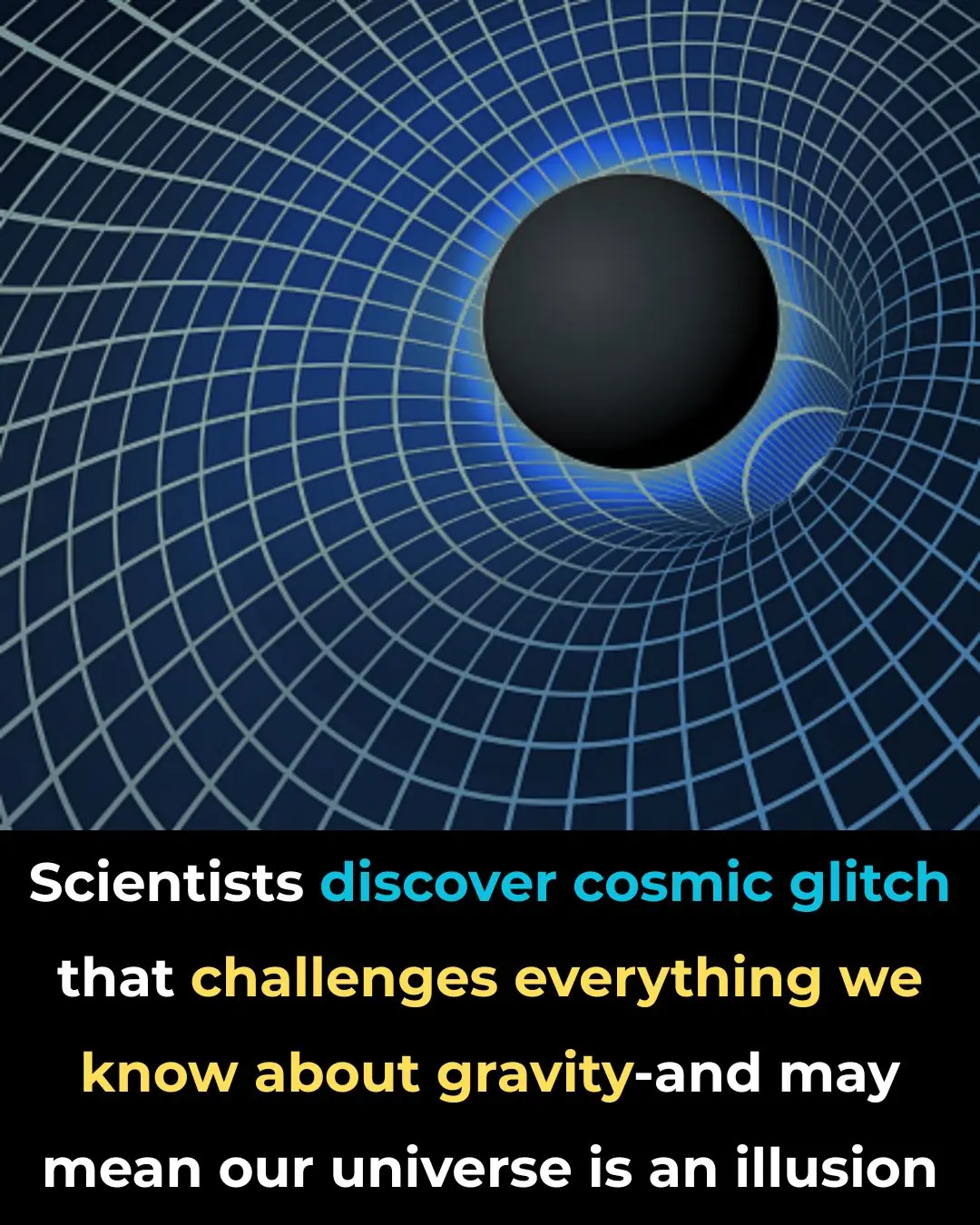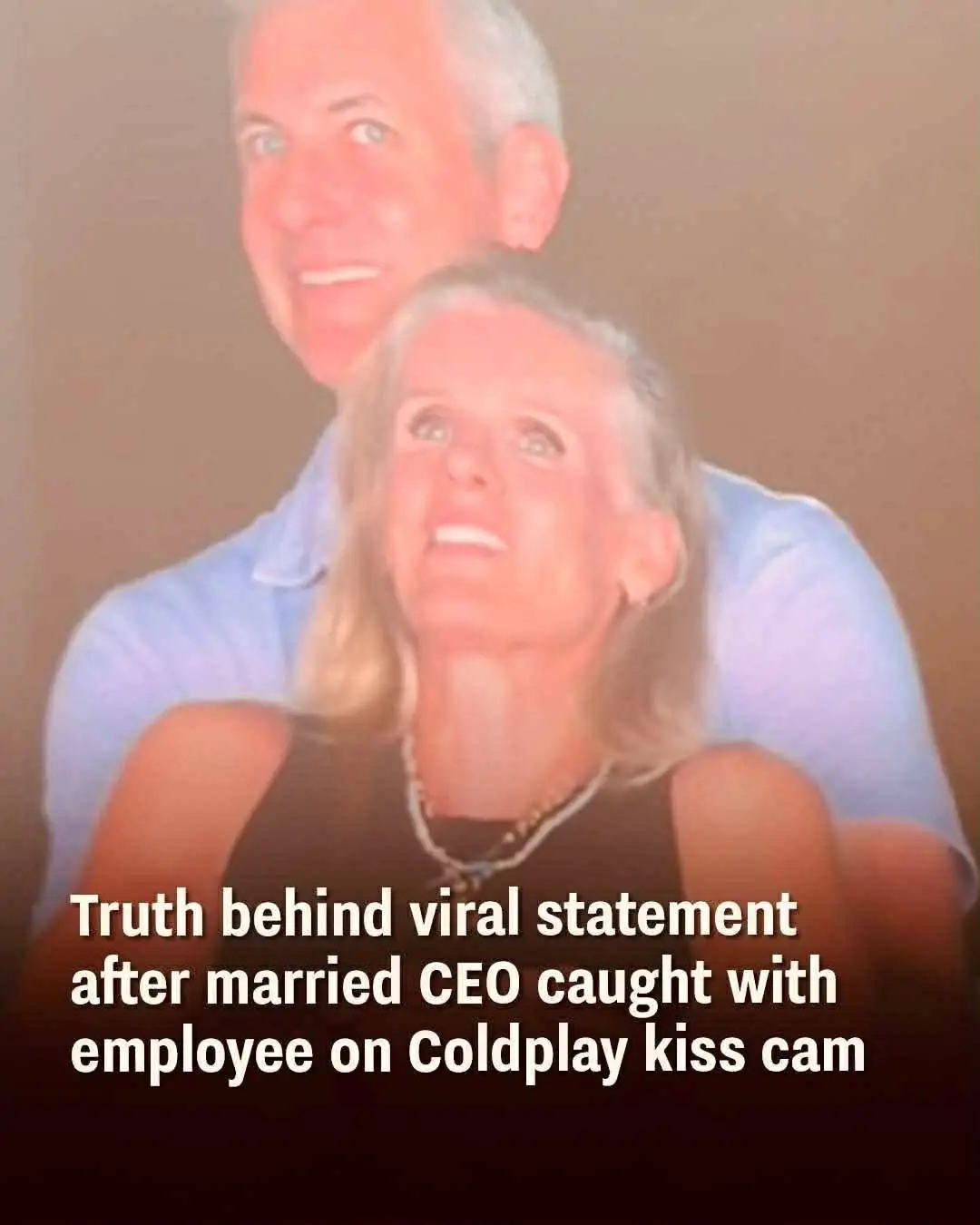Imagine standing in the middle of a vast desert. Horizon in every direction, wind whispering through emptiness, and not a landmark in sight. Now imagine trying to judge the shape of the entire Earth from that one vantage point. What if your isolated position is distorting your perception?
Astronomers may be facing a similar dilemma on a cosmic scale.
For years, scientists have measured the rate at which the universe is expanding, a number known as the Hubble constant. But two of the most trusted methods keep giving incompatible answers. One looks deep into the early universe and finds a slower expansion; the other examines our local cosmic neighborhood and sees something faster. The discrepancy is so stubborn and statistically significant, it’s been called a crisis in cosmology.
So what if the problem isn’t in the data but in our perspective?
A provocative theory gaining traction suggests that our galaxy may be located inside a giant cosmic void a vast region of space that is unusually empty. This startling idea could not only resolve the Hubble tension but also challenge long-held assumptions about how the universe behaves on the largest scales.
What seems like a gap in the numbers may actually be a gap in space itself. And the implications go far beyond technical debate they touch on our very sense of place in the cosmos.
What Is the Hubble Tension?
The Hubble tension refers to a persistent and growing discrepancy between two independent methods of measuring the universe’s expansion rate the Hubble constant. Named after astronomer Edwin Hubble, who first observed the universe’s expansion in the 1920s, this constant tells us how fast galaxies are moving away from each other per unit of distance. It is a cornerstone of modern cosmology.
Today, scientists have two gold-standard ways of calculating it. The first comes from observations of the cosmic microwave background (CMB) the faint afterglow of the Big Bang. This method, used by satellites like Planck, analyzes the early universe as it appeared nearly 14 billion years ago. It returns an expansion rate of around 67 km/s per megaparsec.
The second method measures the rate at which nearby galaxies are receding, using Cepheid variable stars and Type Ia supernovae as standard candles. This approach focuses on the relatively recent universe, relying on direct observations from telescopes like Hubble and James Webb. It yields a significantly higher rate around 73.2 km/s per megaparsec.
This difference isn’t a rounding error. It has been confirmed across multiple studies and instruments, and the gap is wide enough to suggest a fundamental inconsistency in our model of the universe. If both measurements are correct and current evidence suggests they are it means something in our understanding of the cosmos is missing.
Researchers have proposed various solutions, from tweaking models of dark energy to introducing new particles or early-universe physics. But so far, no fix has been universally accepted. The more precise our measurements become, the more clearly the tension stands out.
A Radical New Perspective

What if the universe isn’t expanding differently everywhere but simply looks that way because of where we are?
That’s the radical yet increasingly plausible idea behind the cosmic void hypothesis. It proposes that our galaxy, along with much of the observable universe around us, is located inside a massive underdense region of space, often referred to as a supervoid. Unlike a black hole or a vacuum, a cosmic void isn’t truly empty but it contains far fewer galaxies, stars, and dark matter than the cosmic average.
This particular void, if it exists, could span up to two billion light-years across making it one of the largest structures in the known universe. And its significance lies not just in its scale, but in what it does to our observations.

In regions with less matter, gravitational pull is weaker, allowing local space to expand more freely. As a result, galaxies within or near the center of such a void would appear to recede faster than they actually are. This effect could be distorting our measurements of the Hubble constant, making the local universe seem like it’s expanding more rapidly than the universe at large.
Crucially, this explanation doesn’t require inventing new physics. It works within the known framework of general relativity and gravitational dynamics. In fact, it builds on decades of observational hints like unusually low galaxy counts in our cosmic neighborhood and reframes them as part of a larger structural feature of the universe.
Rather than being a flaw in the data or a crack in the cosmological model, the void hypothesis suggests a shift in perspective: our place in the universe might be affecting how we interpret the universe itself. Just as earlier generations mistook Earth for the center of the cosmos, we may be misjudging cosmic expansion by failing to account for the vast emptiness surrounding us.
What Supports the Void Hypothesis?

The idea that we may live in a cosmic void is bold, but it isn’t baseless. A growing body of observational evidence from large-scale galaxy surveys to relics of the Big Bang offers compelling support for this possibility.
One of the strongest indicators comes from galaxy number counts. Astronomers have long noticed that our local universe appears to have fewer galaxies per unit volume compared to more distant regions. This underdensity has been studied since the 1990s and is now referred to as the KBC void, named after astronomers Keenan, Barger, and Cowie. Estimated to be about 20% less dense than the cosmic average and spanning nearly one billion light-years, this region aligns well with what the void hypothesis predicts.
Another crucial piece of evidence lies in baryon acoustic oscillations (BAOs) ancient pressure waves frozen into the structure of the universe when it was just 380,000 years old. These “cosmic sound waves” serve as a standard ruler for measuring distances across the universe. When Dr. Indranil Banik and his team analyzed 20 years of BAO data, they found that the void model fits the data 100 million times better than models assuming a uniform cosmic density. The gravitational effects of an underdense region subtly stretch the apparent scale of BAOs, creating a measurable difference in redshift-distance relationships.

The evidence doesn’t stop there. Observations of galactic bulk flows the average motion of galaxies over large distances show galaxies moving outward in a pattern consistent with matter draining away from a central void. Standard cosmology predicts that these flows should taper off with distance. Instead, researchers have observed them increasing out to 250 megaparsecs, a finding that closely matches predictions made by void-based models.
Even more intriguing, these observations hold across multiple wavelengths, including optical, infrared, X-ray, and radio suggesting the underdensity isn’t a fluke of missing light, but a real physical structure. The consistency of these findings across independent methods and datasets adds weight to the claim that our region of the universe may not be average after all.
Taken together, these data points form a coherent picture: a massive, measurable void may be distorting our view of cosmic expansion, giving rise to the Hubble tension. While the idea remains controversial, it is no longer speculative. It is quantifiable, testable, and increasingly difficult to dismiss.
What It Could Mean for Cosmology and for Us

If we do live inside a vast cosmic void, the implications reach far beyond fixing a numerical inconsistency. The void hypothesis doesn’t just patch the Hubble tension it could force a major revision of how we understand the structure, evolution, and symmetry of the universe itself.
For decades, cosmology has been guided by the Cosmological Principle the assumption that, on large enough scales, the universe is homogeneous and isotropic, meaning it looks the same in all directions and locations. A billion-light-year-wide under dense region centered around our galaxy challenges that idea directly. It suggests the universe may be more textured and uneven than previously thought. If this holds true, key components of the standard model of cosmology including its treatment of dark energy, dark matter, and the universe’s expansion history may need to be re-examined.
The void model also offers explanations for other lingering anomalies. It naturally accounts for the rising bulk flow of galaxies, the unexpectedly early formation of large cosmic structures, and unusual anisotropies in the distribution of quasars. Even alternative gravity theories like Modified Newtonian Dynamics (MOND) gain traction within this context, helping explain how such a supervoid could form more easily than ΛCDM (Lambda Cold Dark Matter) models predict.
But beyond theory and data, this hypothesis strikes a deeper chord. For the third time in history, we may be learning that our cosmic position is not as ordinary as we thought. From Earth to Sun to galaxy, humanity has been repeatedly displaced from the “center” of things. The idea that our location could once again be unique not by divine design, but by cosmic coincidence reminds us how much perspective shapes understanding.
It also offers a human parallel. Just as our vantage point in space might distort how we interpret the cosmos, our personal perspectives often warp how we interpret the world around us. When things don’t add up when the data of our lives seem off it might not be the universe that’s broken. Sometimes, it’s where we’re standing.
A Universe Shaped by Perspective
The idea that we might be living inside a massive cosmic void is both unsettling and elegant. It offers a resolution to one of cosmology’s most stubborn problems the Hubble tension without rewriting the rules of physics or invoking mysterious new forces. Instead, it reminds us that where we are can affect what we see.
For the scientific community, the implications are profound. If confirmed, the void hypothesis would demand a rethinking of some core cosmological assumptions, including the uniformity of the universe on large scales. It would also validate the power of observation-driven science of letting data, not dogma, guide the evolution of theory.
For the rest of us, this discovery is a quiet invitation to humility. It shows how even our most sophisticated measurements can be limited by perspective. And it mirrors a broader truth: clarity doesn’t always come from changing the facts, but from changing the vantage point.
In a universe that stretches beyond comprehension, the realization that we might be living in a rare, unusually empty corner of it doesn’t make us small it makes our curiosity even more vital. Because whether we stand in a desert, a city, or a billion-light-year-wide void, the need to keep exploring remains the same.
And perhaps, in chasing these cosmic questions, we come closer to understanding not just the universe but our place within it.





